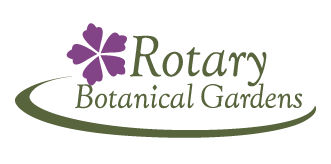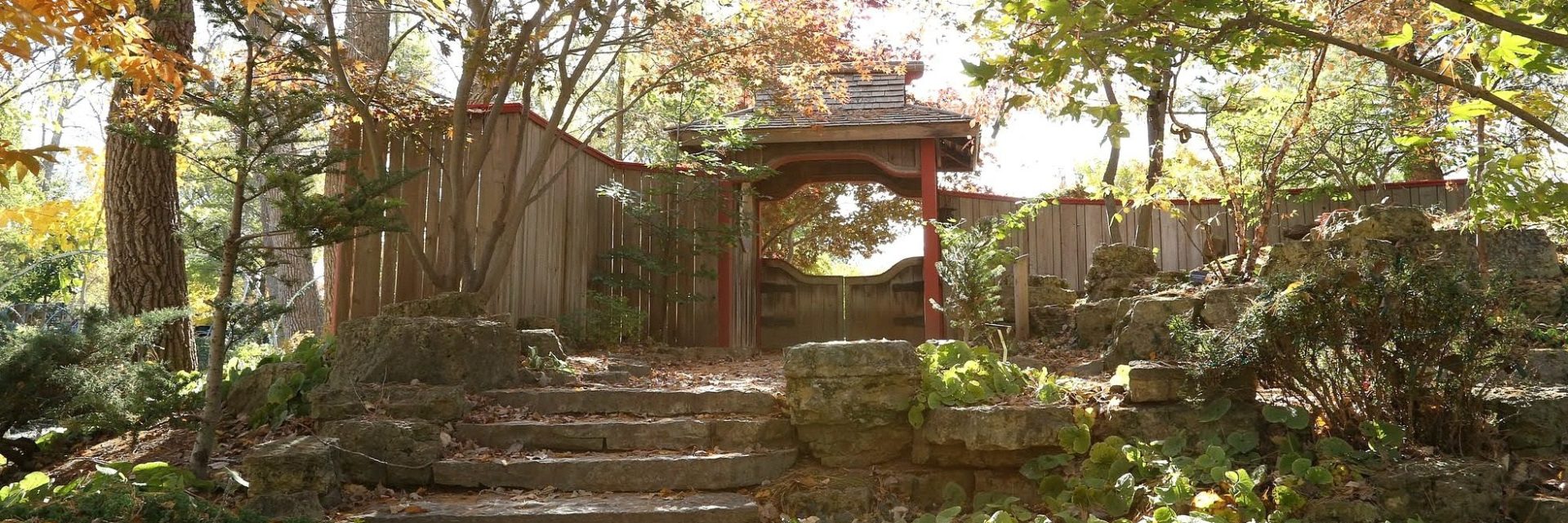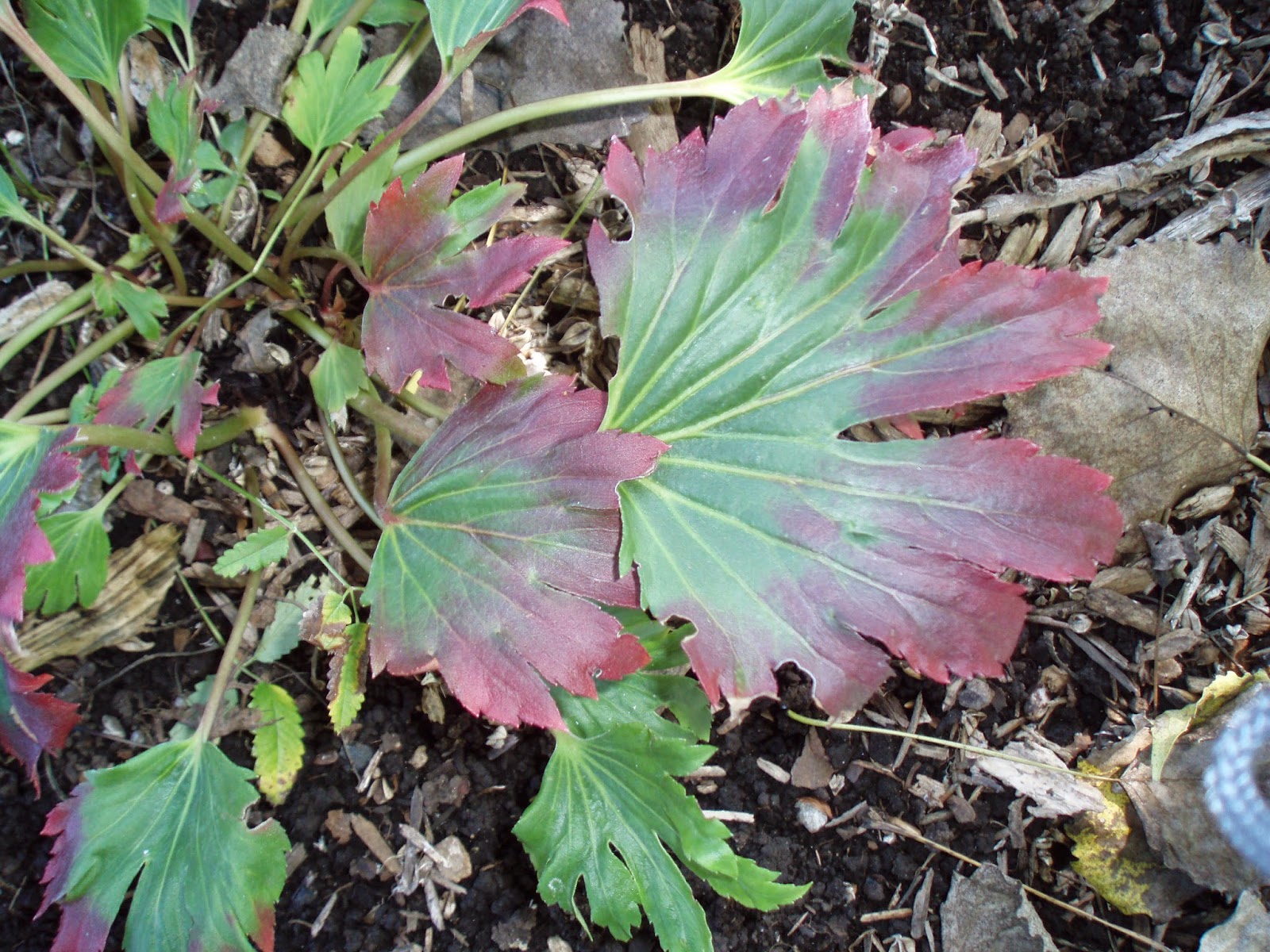Today was another balmy day with temperatures near 60 degrees F and ample sunshine. It’s interesting how much warmer 60 degrees F feels in March versus October! I saw many people on the Ice Age Trail along Palmer Drive today; many wearing t-shirts. Regardless, the snow continues to melt although we’re hearing rumors of possible snow at the end of next week. We’re going to enjoy it while it lasts and many volunteers were out in the gardens today. Larry H., Ron R., Terry, Alan, Bill O. and Larry O. all worked on bringing in more elements from the Holiday Lights Show as well as some objects we need to repaint. Urban was in for more pruning while Dr. Gredler came in for another round of painting. Pat M. was out for more fresh air this morning with his pruning rounds. Gary produced more labels and Maury ran multiple errands for us. Kay was in this morning to help with a final seed sorting so we can get everything out to our growers. Vern, Ron Y., Jim and Bob K. all had carpentry projects to work on and Dick H. helped with a wide range of tasks including some spot welding. We also saw Rollie M., Andy M., John J., John R. (LP Tree Service), Kathy, Deb G. (and two of her grandkids), Mary Kay T. and many others! It was a busy day!
Mukdenia is such a cool word and is a neat plant that is still relatively unknown. Mukdenia rossii is native to rocky slopes in China, Manchuria and Korea. This plant enjoys moist, well drained soils in part shade and is hardy to zone 4. Sometimes called Aceriphyllum, this perennial features fanned, maple-like leaves that get increasing hints and streaks of red starting from the leaf tips. This color transformation goes from mid-summer well in to the fall. The early spring clusters of white, bell-shaped flowers are interesting but this is primarily a foliage perennial and is very underutilized in part shade gardens. Mature height is about 12″ with a width around 24″. The variety ‘Karasuba’ (seen in all these photos) is the same as ‘Crimson Fans’ and is becoming more available. The leaves turn almost entirely red by late October and we’ve had this perennial at RBG for over 10 years and it has thrived. We occasionally see some slug damage on the foliage but very few other problems in terms of insects or diseases. Add this one to your part-shade palette but don’t put it in dry conditions!



.jpg)

%2B'Karasuba'%2BRBG.jpg)
.jpg)



